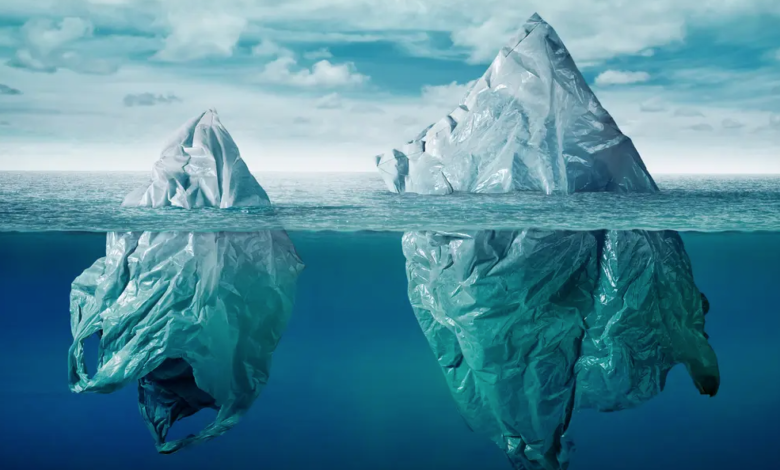Plastic in the ocean found in the Arctic comes from all over the world
Waste, plastic in the Ocean Artic “speaks all the languages of the world”
(sustainabilityenvironment.com) – A citizen science project coordinated by a research team from the Alfred Wegener Institute, Helmholtz Centre for Polar and Marine Research (AWI) collected and analysed the fragments of plastic in the ocean on the coasts of Svalbard, in the Arctic Ocean, to understand its origin. In the last five years the cruises directed towards the High North have seen the participation of citizens and citizens engaged in the recovery of debris that, as has demonstrated the study, they came from all over the world or better, mainly from the countries with more developed economies. The analysis of labels or fingerprints showed the European origin of a third of the material collected, with a clear prevalence of particles from Germany. “In 2016, we started working with citizens to investigate the composition of plastic debris on the Arctic coasts,” said Melanie Bergmann, the AWI researcher who, together with writer and tour guide Birgit Lutz, developed the project. The activities were carried out in collaboration with the companies that deal with travel in the Arctic, which from 2016 to 2021 gave tourists the opportunity to participate by collecting and recording plastic debris: 23,000 samples collected, for a total weight of 1,620 kilograms.
“We have now gone one step further and studied where the debris that still had marks, labels or footprints came from,” Bergmann explained.
Plastic in the ocean found in the Arctic comes from industrialised countries, including the EU
Collaborative research has compared the data with those previously produced by field work that analyzed debris accumulated on the surface and bottom of the sea, of which the Arctic is rich and which compromise the integrity of the ecosystem, already put to the test by climate change with a warming rate four times higher than the global average.
80% of the collected material was made of plastic fragments, as recounted by Natalie Meyer, the AWI researcher first author of the study. In many cases the conditions were compromised to the point of not being able to recognize the origin, but in the 1% of the cases the origin was surely referable to the Arctic countries, in particular Russia and Norway.
Read also Pollution in the Mediterranean sea: 65% are plastic waste
“From previous studies and computer models, we know that plastic pollution comes from local and remote sources,” Meyer explained. “Locally, plastic debris reaches the ocean from ships and Arctic communities with poor waste management systems. As for remote sources, plastic debris and microplastics are transported to the Arctic Ocean from the Atlantic, the North Sea and the North Pacific by various rivers and ocean currents“.
The participants of the project have collected finds from the most disparate origins, from Brazil to China to the USA, but also Europe – especially Germany, with 8% of the particles coming directly from the country – has its good dose of responsibility: “Considering that Germany is the ‘European champion’ both in terms of plastic production and of exports of debris – commented Melanie Bergmann – this relatively high percentage is not so surprising”.
“Our findings show that even the most prosperous industrialised countries, which can afford better waste management, contribute significantly to the pollution of remote ecosystems such as the Arctic,” the researcher continued. “Consequently, in order to tackle the problem effectively, not only is local waste management – especially on vessels and in fisheries – to be improved“. Bergmann has emphasized as only total policies of reduction of the production of plastic, beginning from the industrialized countries of Europe, North America and Asia, can remedy the pollution of our seas, reached the Arctic Ocean. 11% of world production is located in our waterways, explained the researcher, who stressed the urgency of “an ambitious and legally binding United Nations Treaty on Plastics is currently being negotiated and should enter into force in 2024″.






